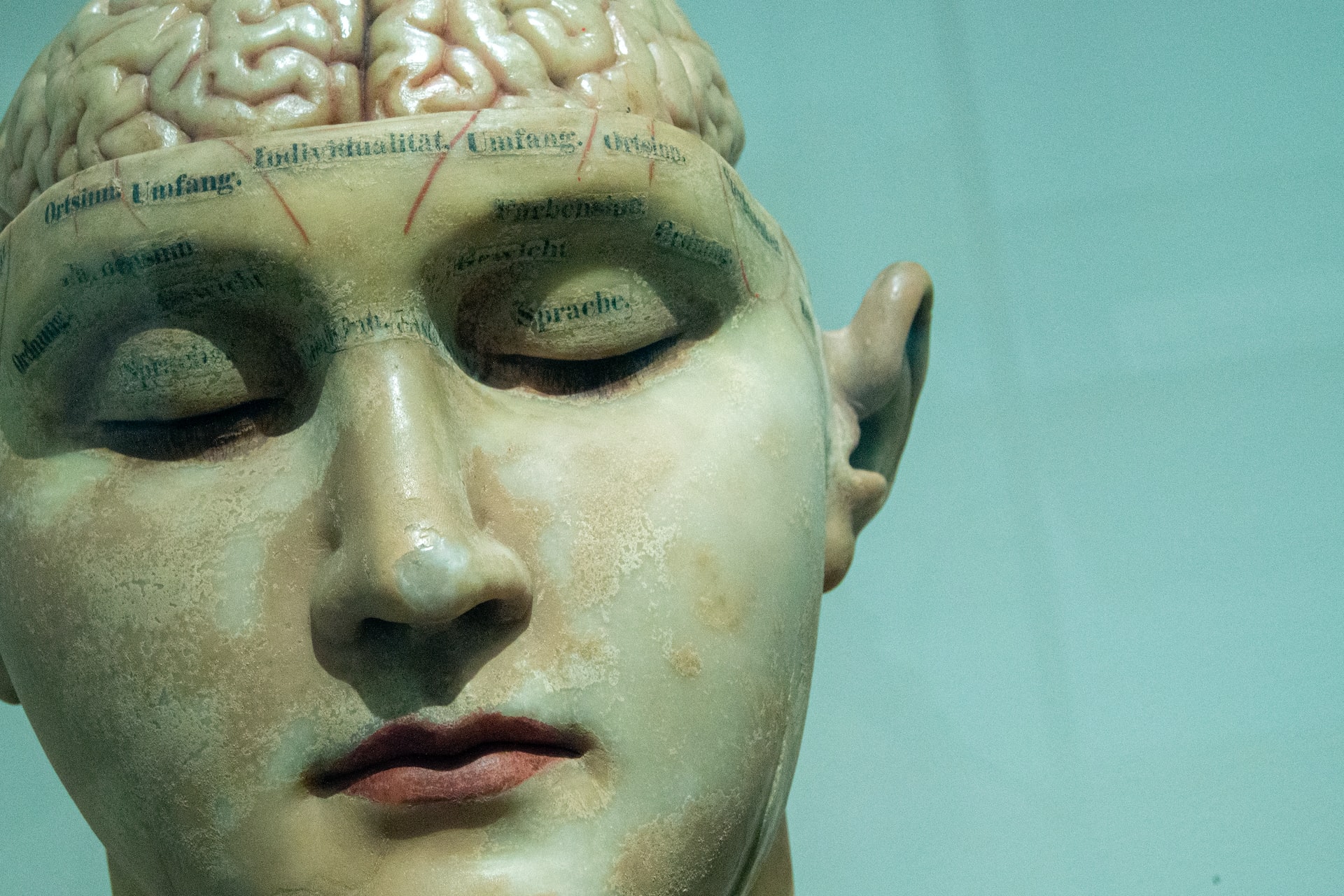Simple Lifestyle Tweaks for a Better Life with Parkinson’s
Living with Parkinson’s disease can be challenging, but there are simple lifestyle changes that can make a big difference in managing symptoms and improving quality of life. Here are some easy tweaks you can incorporate into your daily routine:
Make sleep a priority. Getting enough quality sleep is crucial for managing Parkinson’s symptoms. Try to stick to a consistent sleep schedule and create a relaxing bedtime routine. Avoid screens before bed and make sure your bedroom is dark and cool.
Start your day with a stretch. When you wake up, take a few minutes to gently stretch your body. This can help reduce stiffness and improve flexibility. Focus on stretching your arms, legs, neck, and back.
Stay hydrated. Drinking enough water throughout the day is important for everyone, but especially for those with Parkinson’s. Proper hydration can help with medication absorption and reduce constipation. Keep a water bottle handy and sip regularly.
Get moving. Regular exercise is one of the best things you can do to manage Parkinson’s symptoms. Incorporate movement into your day, even if it’s just short walks or gentle stretches. Activities like tai chi, yoga, or dancing can be particularly beneficial.
Eat a balanced diet. Focus on eating plenty of fruits, vegetables, whole grains, and lean proteins. Some people with Parkinson’s find that eating smaller, more frequent meals helps with digestion and medication absorption.
Practice mindfulness. Stress can worsen Parkinson’s symptoms, so finding ways to relax is important. Try simple mindfulness techniques like deep breathing or meditation. Even just a few minutes a day can make a difference.
Simplify your surroundings. Decluttering your living space can make it easier to move around and reduce the risk of falls. Use organizers to keep frequently used items within easy reach.
Stay socially connected. Maintaining social connections is important for mental health. Make an effort to stay in touch with friends and family, or consider joining a support group for people with Parkinson’s.
Adapt your wardrobe. Choose clothes that are easy to put on and take off. Opt for shoes with good traction to reduce the risk of slipping.
Use assistive devices. Don’t hesitate to use tools that can make daily tasks easier, like button hooks for clothing or utensils with larger grips for eating.
Take breaks. Listen to your body and rest when you need to. Taking short breaks throughout the day can help manage fatigue.
Stay mentally active. Engage in activities that challenge your mind, like puzzles, reading, or learning a new hobby. This can help maintain cognitive function.
Adjust your medication routine. Work with your doctor to find the best medication schedule for you. Using pill organizers or setting reminders can help you stay on track.
Create a safe bathroom. Install grab bars in the shower and near the toilet. Use non-slip mats to reduce the risk of falls.
Embrace technology. There are many apps and devices designed to help people with Parkinson’s, from medication reminders to voice amplifiers. Explore what’s available and see what might be helpful for you.
Remember, everyone’s experience with Parkinson’s is unique, so it may take some trial and error to find what works best for you. Be patient with yourself and don’t hesitate to ask for help when you need it. These small changes can add up to make a big difference in your daily life with Parkinson’s.





